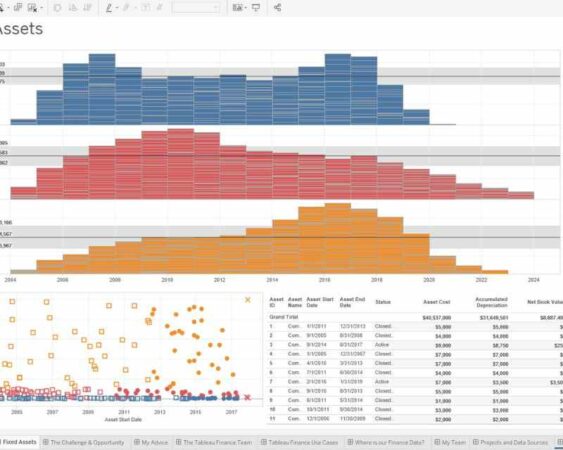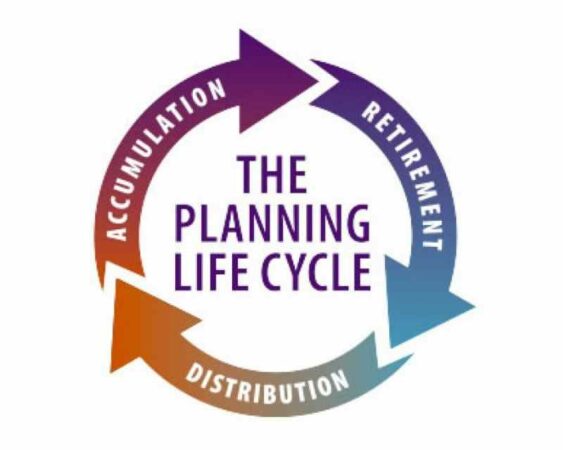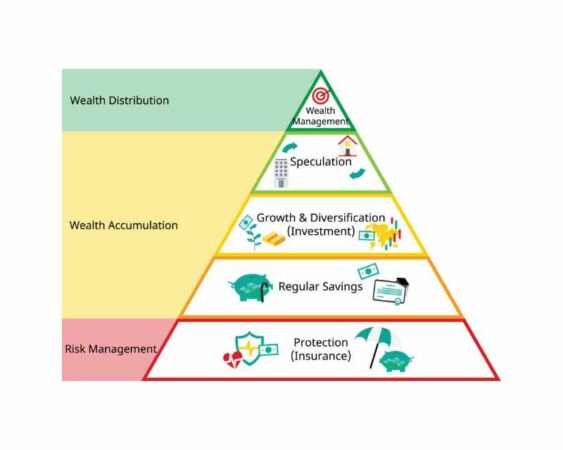
Finance teams today are generating a gigantic amount of data. Financial leaders must help businesses improve performance, take advantage of trends, improve service and product offerings, and make informed decisions with financial data visualization.
However, the information collection and processing are not that valuable. It may be hard to draw meaningful conclusions from many 1s and 0s. Instead, what is very impactful is presenting actionable insights in an easy-to-digest and simple manner.
Different Types of Data Visualization Financial Analysis
Various data visualizations are available. Knowing the differences and their functions will help you work much more easily. People today process images 60,000 times faster than processing text. That’s why, adding relevant pictures, diagrams, and charts to financial reports is a brilliant idea.
1. Charts
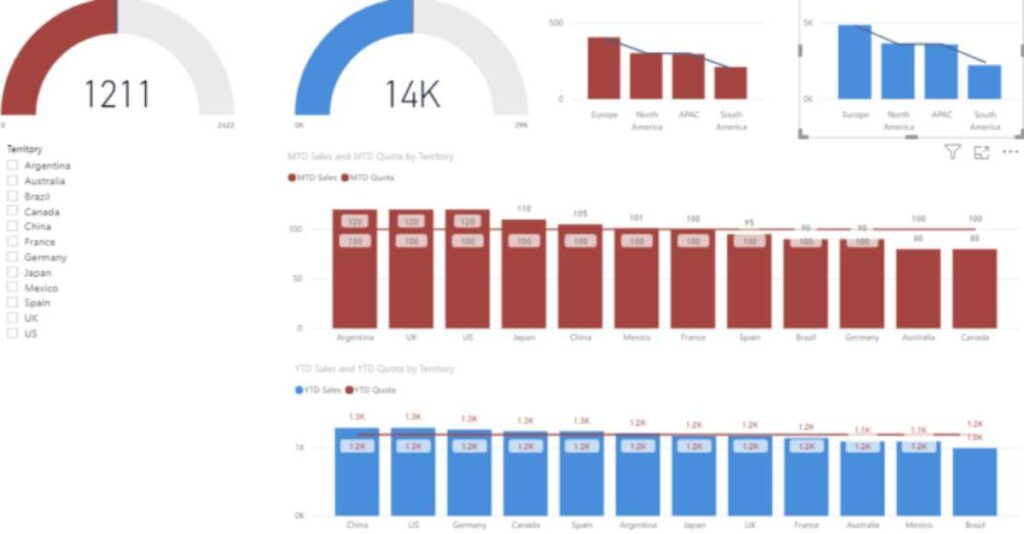
It is a graphical data visualization representation. The data is going to be represented by symbols like bars, lines, or slices. A chart will represent tabular numeric data, quality structures, or functions and they are going to provide different details.
2. Tables
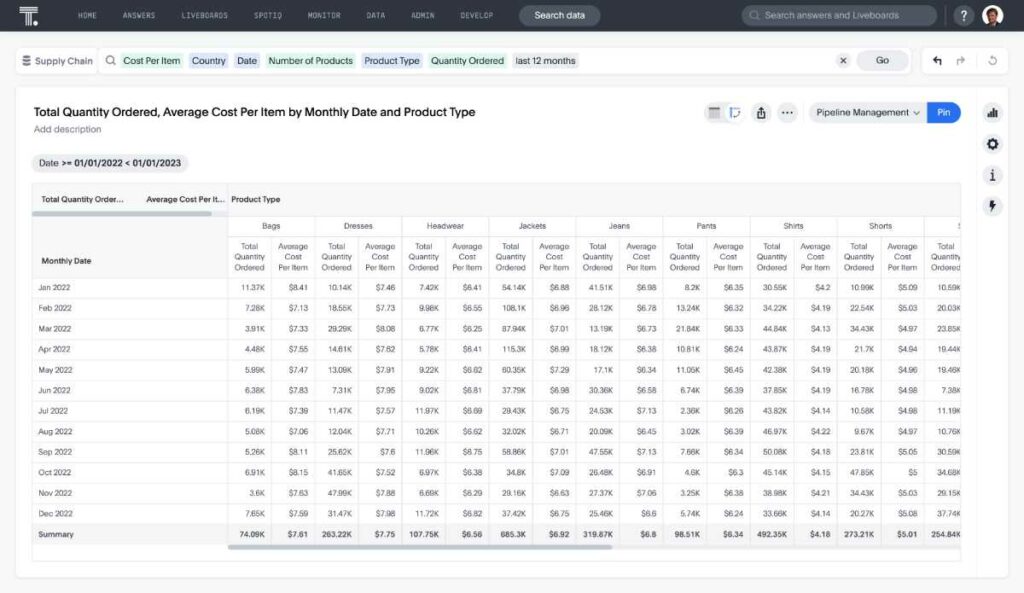
A table is another type of financial data visualization. It consists of a collection of related data that are held in the table format in a database. A table consists of rows and columns. The data in the table may not have to be stored physically in the database.
3. Graphs
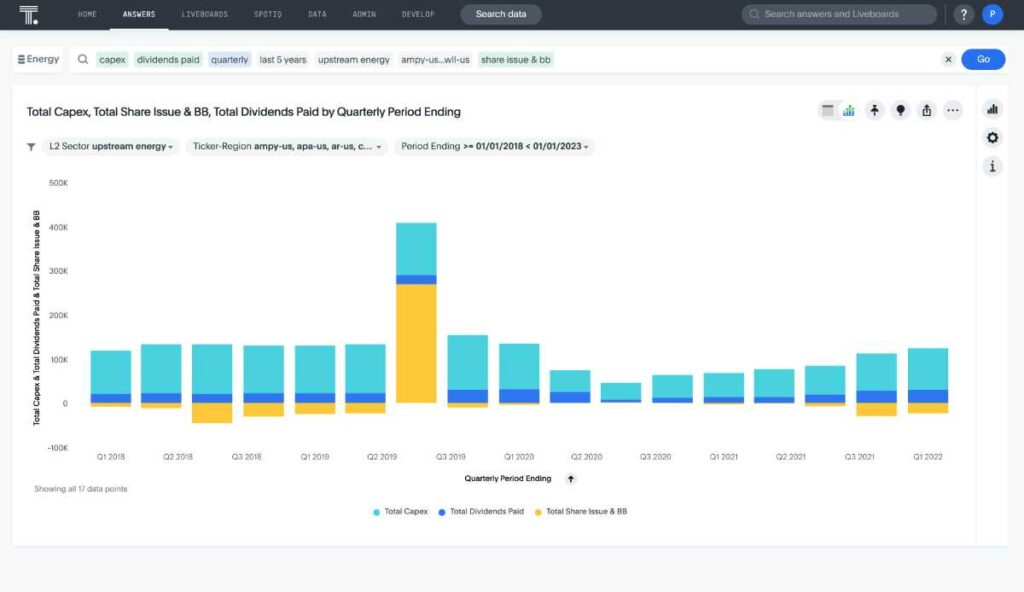
A graph or diagram is a type of data visualization you can use in finance. This is going to organize and also represent a set of qualitative or numerical data. Graphs are usually used to understand large data quantities much more easily as well as the relationships between the data parts.
Other types of data visualization are available, such as dashboards, infographics, and maps. They all have a common goal: to ease users to explore the data, uncover patterns, and tell a data-driven compelling story.
Get To Know The Financial Data Visualization Tools
Data visualization tools or software are going to help you create easily understandable data from raw data. Different data visualization tools are also available. The goals of those tools are to provide visual representations of statistical data in videos, infographics, charts, or other forms.
Below are some famous tools that may help you with data visualization.
1. Tableau
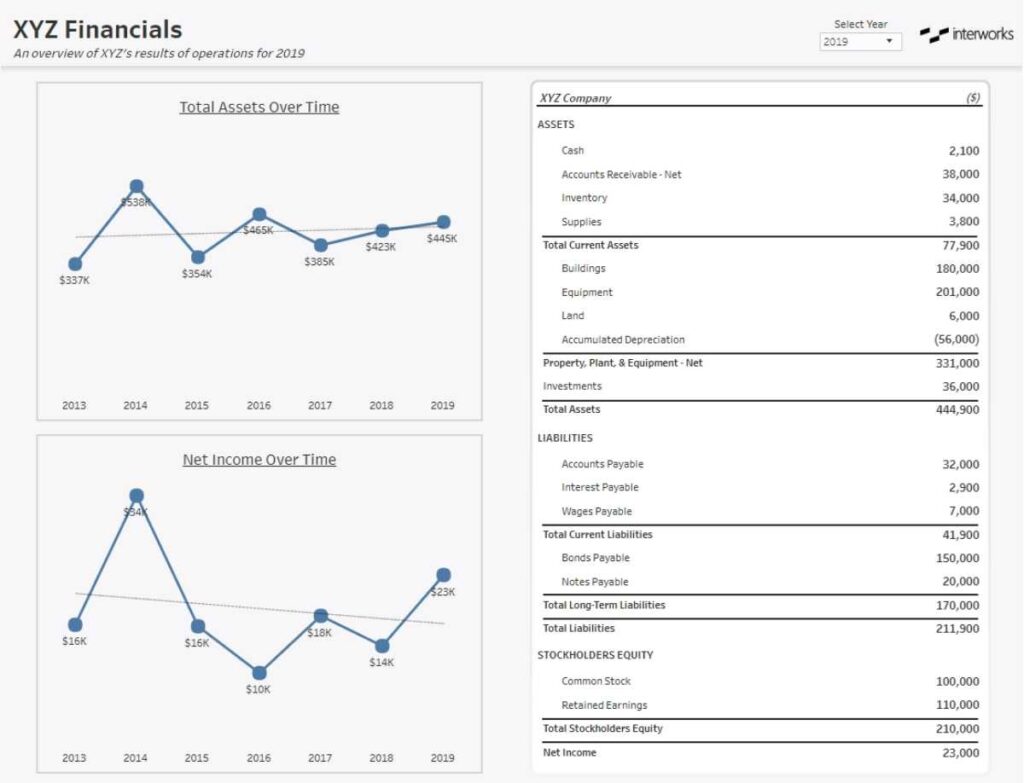
This software aids financial departments and businesses in visualizing as well as understanding data. The financial data visualization software allows its users to create a simple chart or a very complex visualization. Interactive graphs and charts are built in the form of dashboards and worksheets.
Tableau has become everyone’s favorite because of its outstanding features. For example, it has flexible and fast finance analytic tools, ready-to-go industry solutions, fast implementation and installation, connectivity to various data sources, and a user-friendly interface.
Also Read:
- Fundamentals of Financial Planning
2. Zoho Analytics
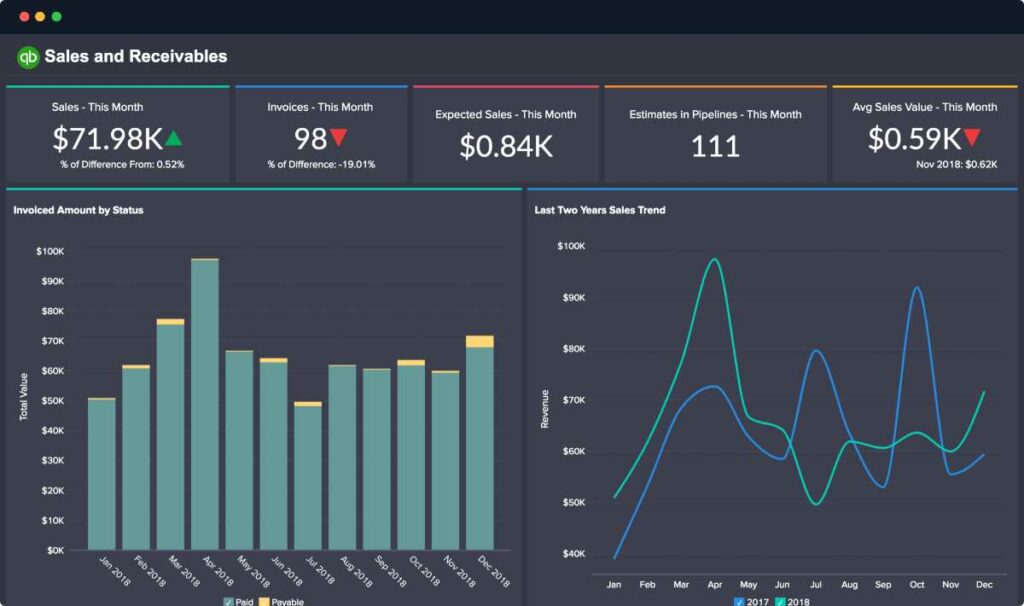
Here is another tool you may want to use in Financial Times data visualization. This powerful tool is going to help you make insightful reports and dashboards in several minutes. The tool’s instrument is going to help users analyze their data visually.
Users are allowed to upload their data, create reports, and share their materials. The tool even has an AI-powered assistant. It is going to answer users’ questions in the form of meaningful reports. Deep analytics, strong customer support, and geo-visualization are some of its outstanding features.
3. Sisense

The third data visualization software is Sisense. It is going to let users receive instant insights that are useful and necessary for business. You may want to use this software to build dashboards and visual reports, reveal hidden trends and patterns, and come to data-driven conclusions.
How Can Financial Data Visualization Benefit Businesses
Data visualization is a graphic representation of data that is going to help deliver data as effectively and efficiently as possible. People don’t want to read ponderous and big text reports and study huge tables since they require a lot of effort and time to find the point.
Data visualization offers various benefits, especially to the financial industry.
1. Faster process in decision-making
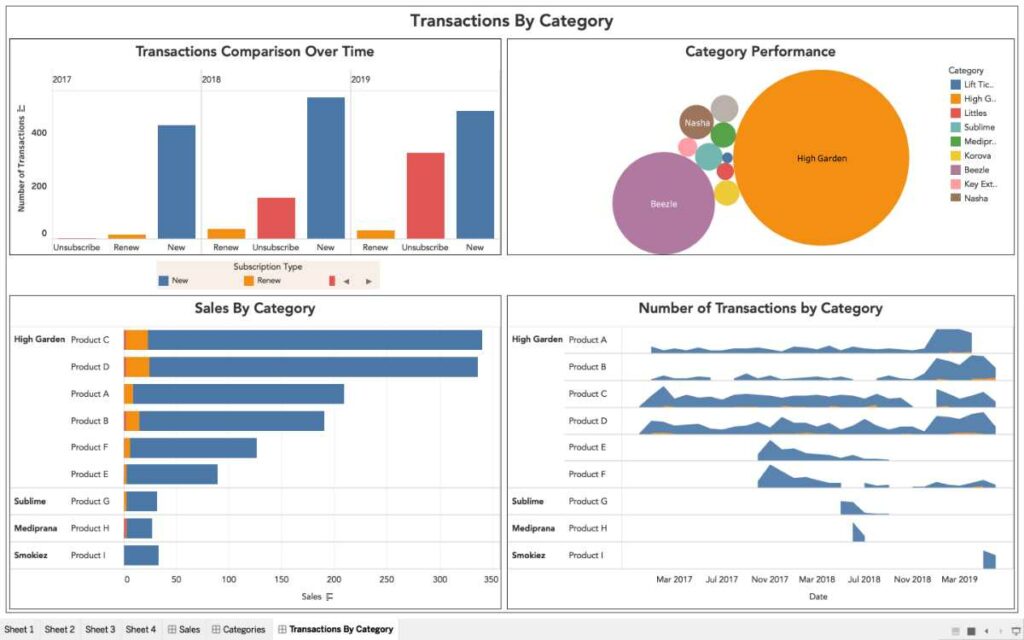
Since people are perceiving graphic info better and quicker than plain text, they can easily look at the data analytics that is represented in the shape of a graph or a chart and get the right conclusion.
Visualizing financial data lets businesses receive a lot of data on their financial standing and performance. Those instruments are going to analyze the data before turning them into diagrams, charts, or other visuals.
2. Business trends’ better understanding

To be successful, businesses must understand the latest market trends. Data visualization software is going to enable businesses to identify patterns and relations. In turn, they will let businesses quickly and easily discover the trends.
It is important to be ahead of competitors as well as be the first to know business trends since everything is changing fast. Your business should adapt to those changes as quickly as possible.
Financial data visualization is very crucial since people today don’t like to read long reports full of words. Get to know which tools you can use to create more interesting forms of reports.
